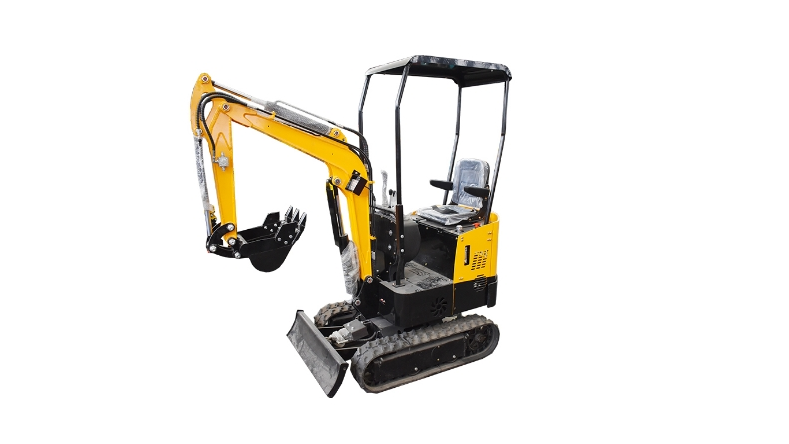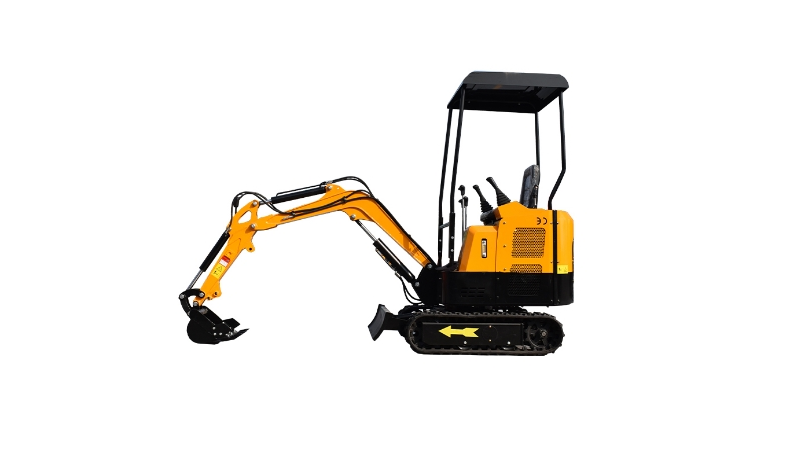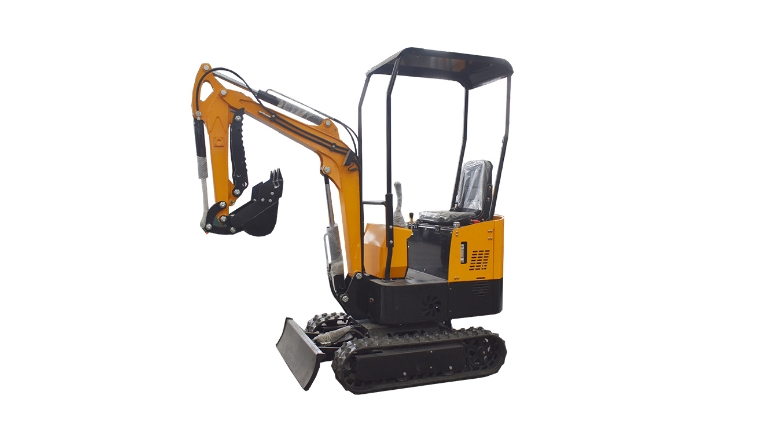I. Introduction
Excavators are indispensable machines in construction, mining, landscaping, and various other industries, playing a pivotal role in digging, trenching, and material handling. With a vast array of types and sizes available, from compact models for tight spaces to massive machines for large-scale projects, understanding the costs associated with these powerful tools is essential for making informed purchasing or rental decisions. This article aims to provide a comprehensive guide to excavator costs, covering factors that influence pricing, new and used market considerations, additional expenses, and strategies for maximizing return on investment.
II. Factors Influencing Excavator Cost
Size and Type:
Mini/Compact Excavators: Ideal for small-scale projects and confined spaces, these are typically the most affordable.
Mid-Size Excavators: Versatile machines suitable for a wide range of applications, offering a balance of power and maneuverability.
Large/Full-Size Excavators: Designed for heavy-duty tasks in large-scale construction and mining, these are the most expensive.
Specialized Excavators (e.g., long reach, dredging): Tailored for specific applications, these often come with premium price tags due to specialized engineering.
New vs. Used:
New excavators come with warranties and the latest technology, but at a higher upfront cost.
Used excavators offer lower initial costs, but their prices vary significantly based on age, hours of operation, and overall condition.
Brand and Manufacturer:
Established brands known for reliability and durability often command higher prices.
Budget-friendly brands may offer lower upfront costs but may have higher long-term maintenance expenses.
Features and Attachments:
Standard features include basic digging capabilities, while optional upgrades like GPS, advanced hydraulics, and climate control increase costs.
Attachments (buckets, hammers, grapples) significantly impact versatility and cost.
Engine and Performance:
Higher engine power and fuel efficiency increase costs.
Advanced hydraulic systems and digging capabilities also contribute to higher prices.
III. New Excavator Costs
Mini/Compact Excavator Costs:
Price range: $20,000 to $100,000, depending on size and features.
Typical features: Compact size, versatility, ease of transport.
Mid-Size Excavator Costs:
Price range: $100,000 to $300,000.
Common uses: General construction, landscaping, utility work.
Large/Full-Size Excavator Costs:
Price range: $300,000 to $1,000,000+.
Applications: Heavy construction, mining, large-scale infrastructure projects.
Specialized Excavator Costs:
Price variations: Highly variable, depending on customization and specific applications.
Customization: Tailored to meet unique operational needs.
IV. Used Excavator Costs
Factors Affecting Used Prices:
Age and operating hours: Older machines with more hours generally cost less.
Condition and maintenance history: Well-maintained machines command higher prices.
Availability and demand: Market fluctuations influence prices.
Location and market conditions: Regional demand and supply impact costs.
Where to Find Used Excavators:
Online marketplaces and auctions: Provide a wide selection and competitive pricing.
Equipment dealers and rental companies: Offer inspected and often refurbished machines.
Private sellers and construction companies: Can offer good deals, but require thorough inspection.
Evaluating Used Excavators:
Inspection checklists and procedures: Essential for identifying potential issues.
Mechanical and hydraulic system checks: Ensure proper functionality.
Assessing overall condition and potential repairs: Estimate future maintenance costs.
V. Additional Costs and Considerations
Financing and Leasing:
Financing options: Loans and lines of credit with varying interest rates.
Leasing agreements: Offer flexibility but may have higher long-term costs.
Total cost of ownership: Consider interest, depreciation, and maintenance.
Transportation and Delivery:
Costs vary based on distance and logistics.
Consider permits and specialized transport requirements.
Maintenance and Repairs:
Regular maintenance: Oil changes, filter replacements, and inspections.
Potential repair costs: Hydraulic system repairs, engine overhauls.
Availability of parts and service: Consider local service providers.
Insurance and Registration:
Insurance costs: Liability, damage, and theft coverage.
Registration and licensing fees: Vary by jurisdiction.
Operator Training and Certification:
Training programs: Ensure safe and efficient operation.
Certification requirements: Compliance with regulations.
VI. Return on Investment (ROI) and Cost-Benefit Analysis
Calculating ROI:
Estimate project revenues and operating costs.
Determine payback period and profitability.
Cost-Benefit Analysis:
Evaluate owning vs. renting based on usage frequency.
Assess long-term cost savings and efficiency gains.
VII. Renting Excavators as an Alternative
Rental Costs and Terms:
Daily, weekly, and monthly rates.
Rental agreements and insurance requirements.
Advantages of Renting:
Flexibility and short-term use: Ideal for occasional projects.
Reduced maintenance and repair costs: Rental companies handle upkeep.
Access to specialized equipment: Rent specific models for particular tasks.
Disadvantages of Renting:
Higher long-term costs for frequent use: Owning becomes more cost-effective.
Limited availability during peak seasons: Equipment may be scarce.
VIII. Market Trends and Future Outlook
Technological Advancements:
Automation and GPS technology: Improve efficiency and precision.
Electric and hybrid excavators: Reduce emissions and operating costs.
Market Demand and Supply:
Trends in construction and infrastructure development: Influence demand.
Availability of new and used excavators: Market fluctuations impact pricing.
IX. Case Studies and Examples
Real-world examples: Analyzing costs for different excavator purchases.
Scenario analysis: Comparing costs for various applications.
Cost-saving strategies: Highlighting best practices for maximizing ROI.
X. Conclusion
The cost of an excavator varies widely based on size, type, condition, and features. Understanding the factors that influence pricing is essential for making informed decisions. Consider all costs, including purchase, operating, maintenance, and financing. Evaluate owning vs. renting based on usage frequency and project requirements. By conducting thorough research and analysis, you can ensure you select the right excavator for your needs and maximize your return on investment.
Post time:Sep-25-2020



